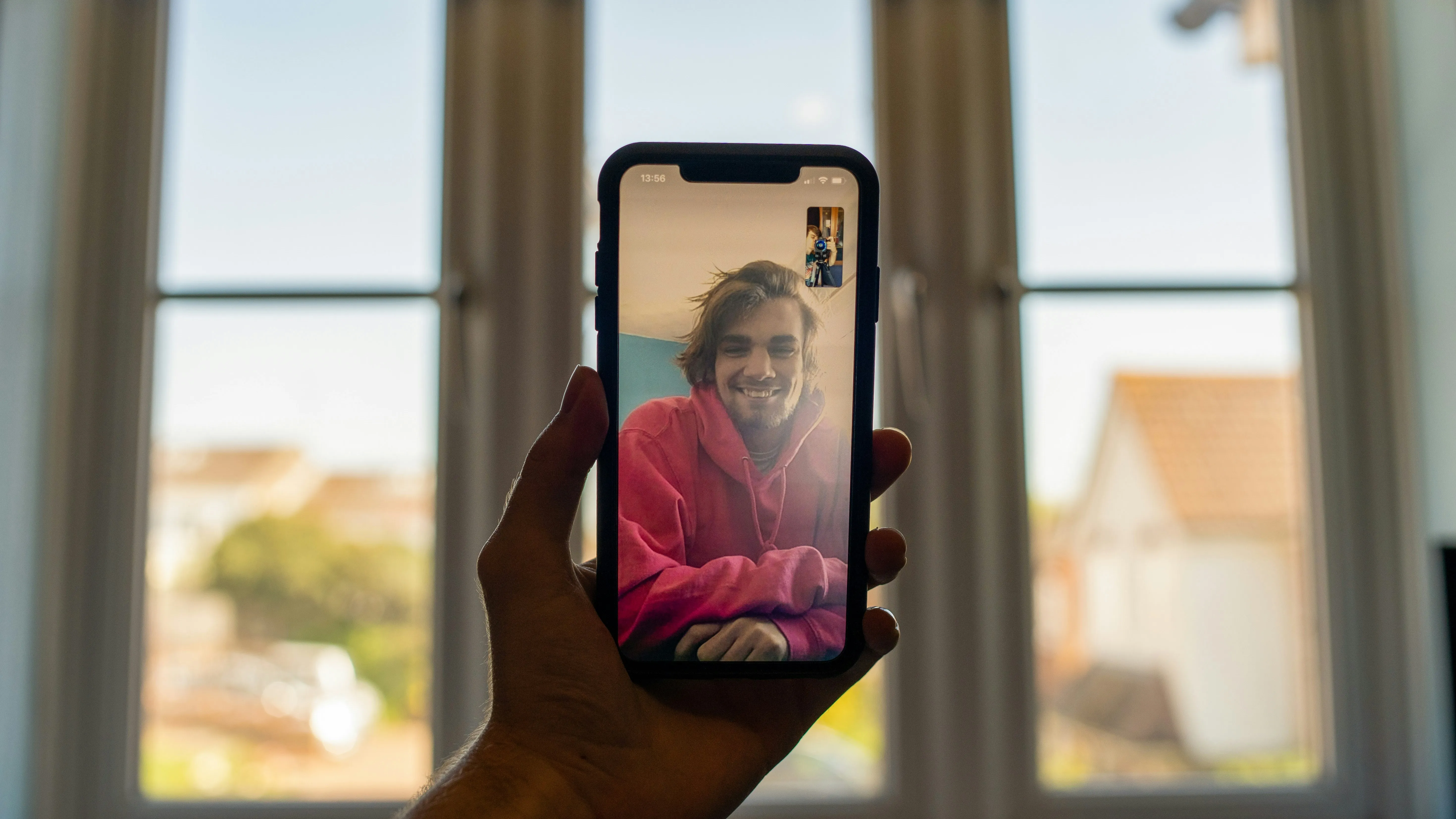If AI can screen thousands of candidates in seconds, analyze tone of voice, and even predict cultural fit — why do top hiring managers still trust their own judgment before making a final decision?
In 2025, AI recruitment tools are more advanced than ever. Yet, the smartest companies have learned that AI in hiring works best as a partner — not a replacement — for human decision-making.
This article explains how AI is transforming recruitment, where it still falls short, and how to build a hybrid hiring process that keeps the best of both worlds.
.webp)
How AI Is Changing the Way We Hire in 2025
The recruitment industry has embraced AI at every stage of the hiring process:
- Automated candidate sourcing — AI algorithms scan profiles, resumes, and job boards to identify top matches instantly.
- Video interview analysis — AI detects keywords, measures sentiment, and evaluates facial expressions.
- Predictive hiring models — AI forecasts performance and retention probability based on historical hiring data.
AI has shifted recruitment from manual, repetitive tasks to fast, data-driven decision-making. But efficiency is not the same as accuracy — and this is where human judgment comes in.
How AI Can Improve Hiring Efficiency
When implemented well, AI in recruitment can:
- Shorten time-to-hire by automating early-stage screening.
- Reduce bias by standardizing scoring criteria.
- Improve candidate experience with faster feedback.
Example: An AI-powered video interview platform can shortlist 20% of applicants in under an hour, giving hiring managers more time to focus on deeper evaluation.
Conclusion: AI’s value is undeniable when it comes to speed, consistency, and scalability — but efficiency alone doesn’t guarantee the best hires.
How AI Still Falls Short in Candidate Assessment
Despite the hype, AI has limitations in evaluating:
- Soft skills like empathy, adaptability, and leadership potential.
- Nuance in communication, such as sarcasm, cultural references, or complex problem-solving approaches.
- Unconventional career paths that don’t match keyword-based algorithms.
AI decisions can also be skewed by training data bias — if the system has learned from flawed hiring patterns, it can replicate them at scale.
AI may identify who to look at, but it still can’t fully judge who will succeed in a real-world team environment.
How Human Judgment Complements AI in Recruitment
Here’s what human recruiters and managers bring that AI cannot replace:
- Contextual understanding of business goals.
- Intuition based on past experiences.
- The ability to read between the lines in a conversation.
A hiring manager might notice subtle enthusiasm in a candidate’s voice or adaptability in their storytelling — qualities AI may miss.
AI is a powerful filter, but human recruiters remain the final quality gate.
How to Combine AI Tools with Human Expertise for Better Results
A hybrid hiring model works like this:
- Use AI-powered candidate screening to narrow down large applicant pools.
- Conduct structured video interviews — AI can help generate questions and flag responses for review.
- Let human recruiters assess cultural fit, growth potential, and team compatibility.
.webp)
On Unbench, you can request pre-vetted candidates from trusted agencies, then connect them with your preferred AI video interview tool (like HireVue or myInterview). This way, you get both speed from AI and quality assurance from humans.
How Companies Are Balancing AI and Human Decision-Making
Forward-thinking companies are:
- Implementing AI for initial filtering while leaving final decisions to hiring panels.
- Tracking AI accuracy vs. human accuracy over time.
- Training HR teams to interpret AI-generated insights rather than take them at face value.
The best hiring strategies in 2025 blend AI precision with human intuition.
.webp)
Final Thoughts: How to Close the AI Hiring Gap in 2025
.webp)
AI is revolutionizing hiring, but it’s not replacing the recruiter — it’s upgrading them. The AI hiring gap exists because technology alone can’t replicate human insight.
To close that gap:
- Let AI do the heavy lifting in sourcing and screening.
- Let humans make the final calls based on team dynamics and long-term goals.
- Build a recruitment stack that pairs cutting-edge AI tools with human-led decision-making platforms like Unbench.
In hiring, just like in life, the best results come when technology and people work together.











